In Photos: Boneyard of Iron Age Warriors
Warrior Skull
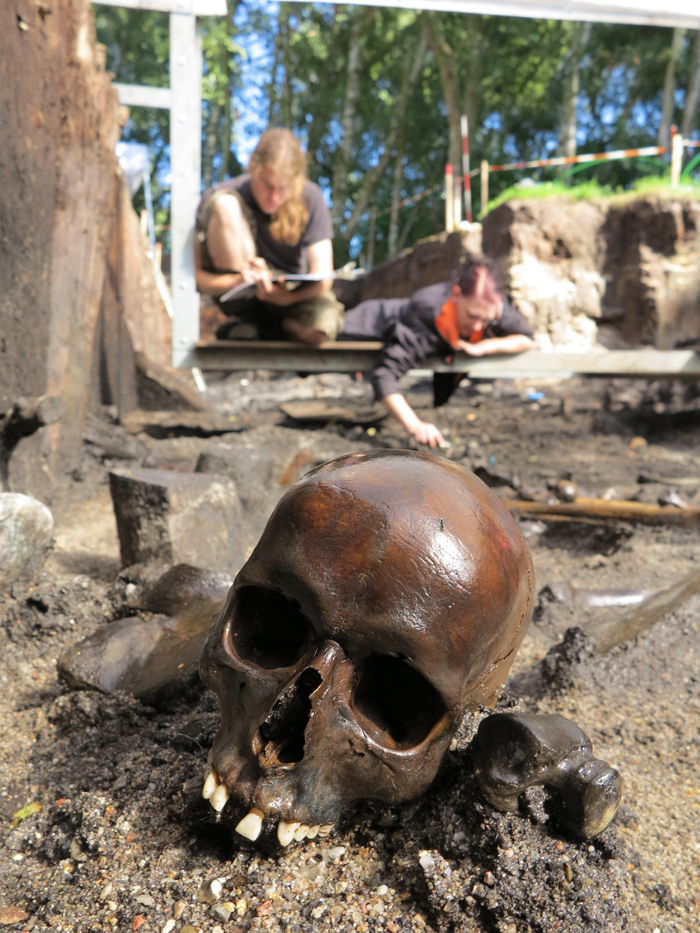
The cranium of a warrior killed in what is now Denmark about 2,000 years ago. Archaeologists have unearthed the bones of at least 60 soldiers in Alken Enge wetlands in East Jutland, Denmark. Marks on the bones reveal that after death, the skeletons were subjected to mysterious rituals. [Read full story]
Battlefield Defeat
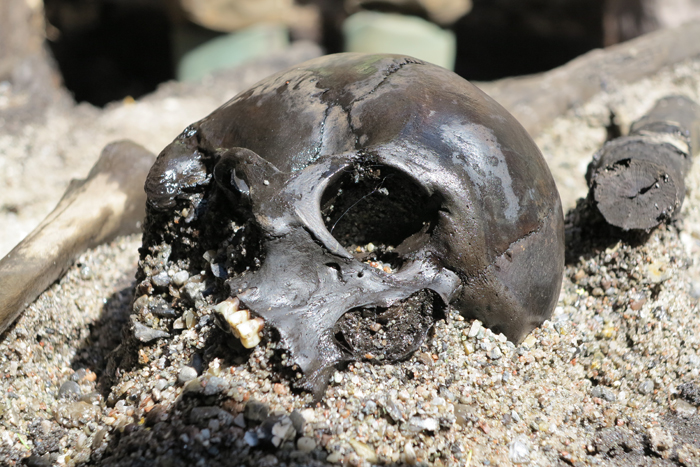
At the transition from B.C. to A.D., East Jutland was 186 miles (300 kilometers) north of the Roman Empire and was inhabited by Germanic tribes. A clash between tribes may have led to the carnage found at Alken Enge. [Read full story]
Leg Bones
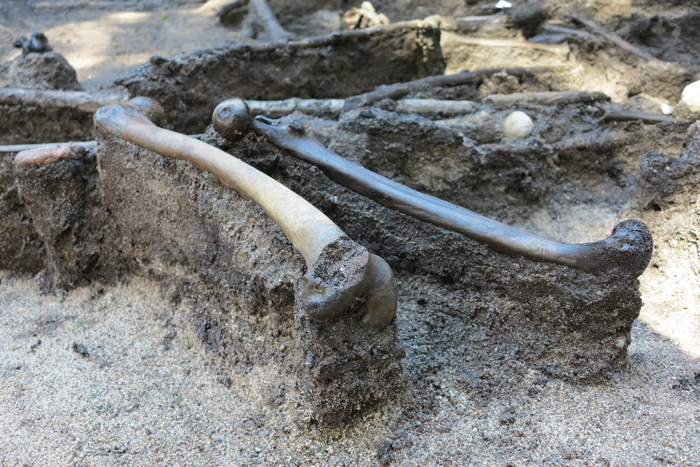
Femur bones being excavated at Alken Enge. Most of the bones are found disarticulated, and many have been sorted by type, perhaps as some sort of post-war ritual. [Read full story]
Drowned Skull
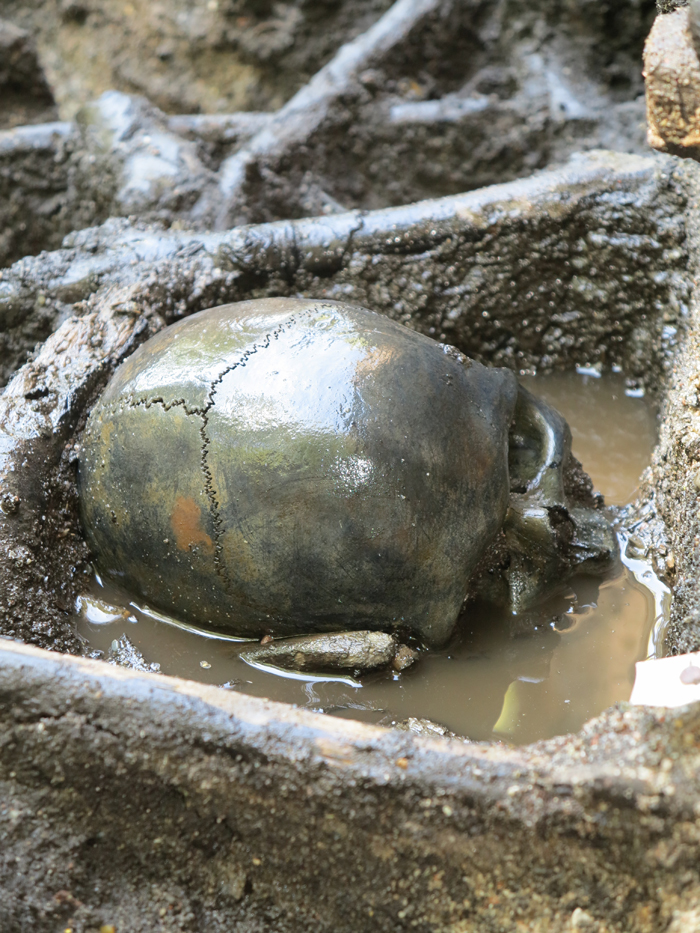
The skull of an Iron Age warrior at Alken Enge in Denmark. The bodies were left out for at least 6 months before being subjected to ritual mutilation and dumped in a lake. [Read full story]
Jaw Bone
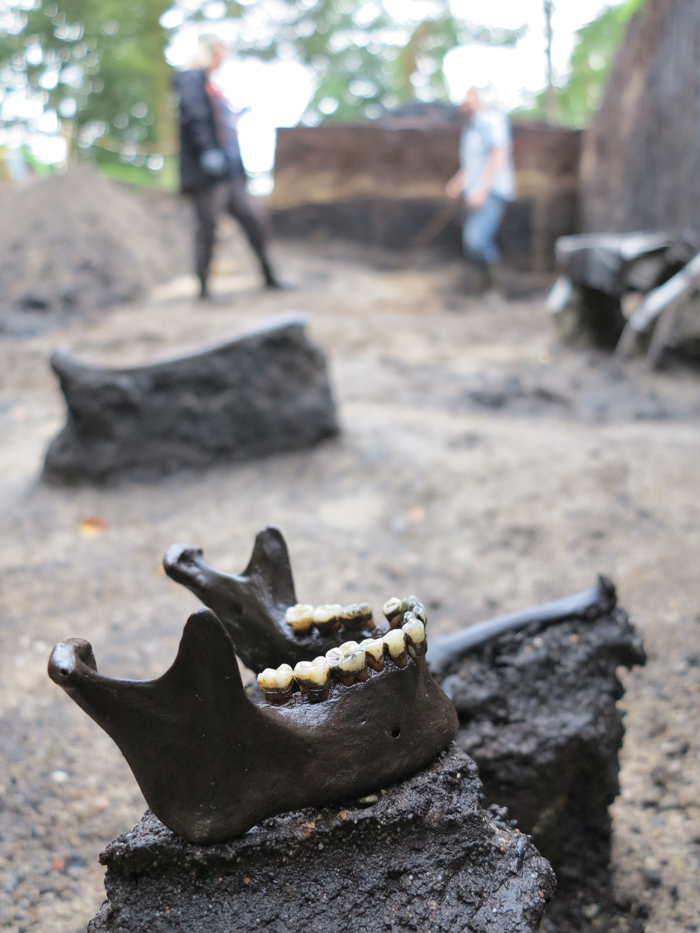
A jawbone excavated from Alken Enge. Bodies were dumped in Lake Mossø, which still exists, but is smaller in modern times than 2,000 years ago. A land spit that stuck out into the lake seems to have been the site of the rituals. [Read full story]
Surveying the excavation
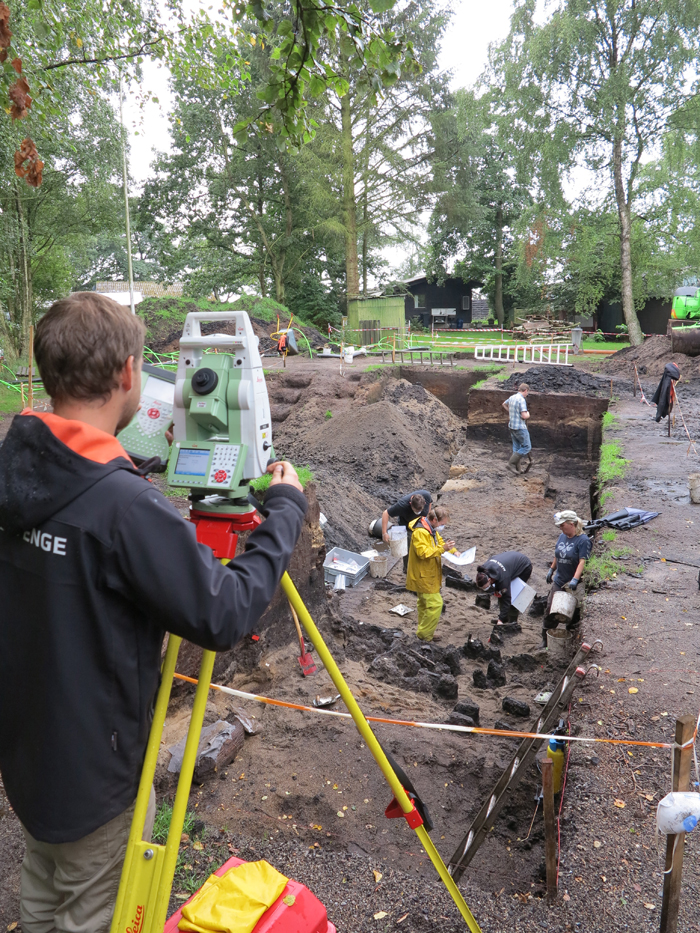
A view of the Alken Enge excavations in 2012. Among the bizarre finds here were four pelvises strung on a stick. [Read full story]
Site of a Battle
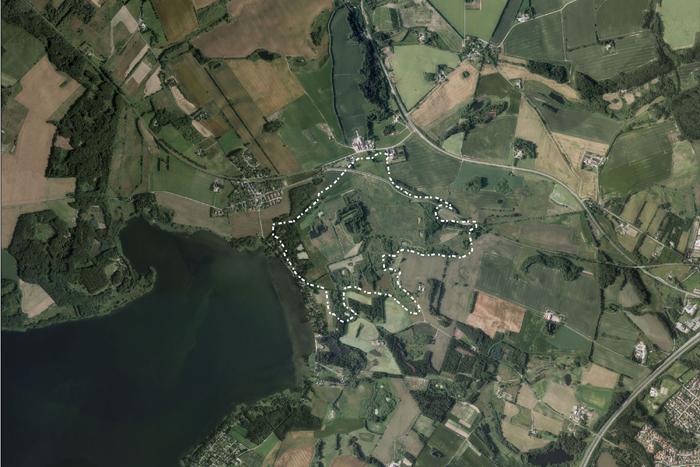
An overview of Alken Enge in the modern day. Lake Mossø is in the lower lefthand corner. The study site is outlined in white. In ancient times, the lake extended further. Skeletons are found in what used to be lakebed. [Read full story]
Sign up for the Live Science daily newsletter now
Get the world’s most fascinating discoveries delivered straight to your inbox.
Iron Age Ax
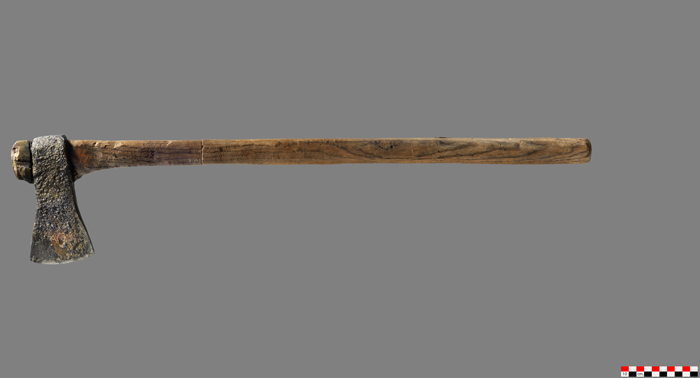
An Iron Age ax discovered at the Alken Enge site. The ax is 29.5 inches (75 centimeters) long and has a handle made of ash. Spearheads and pieces of swords have also been found at the site. [Read full story]
Explaining History
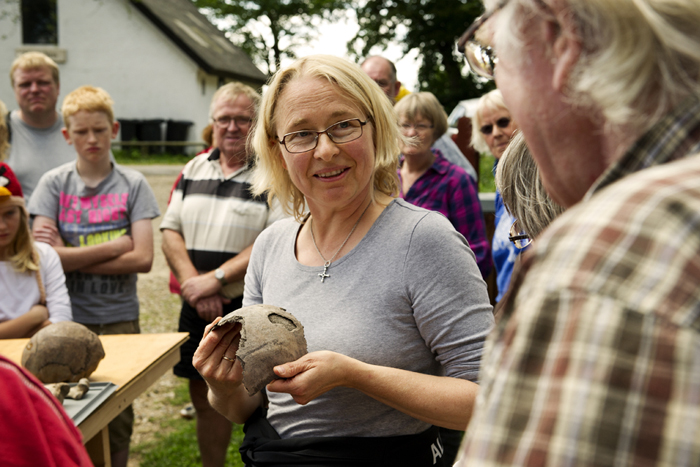
Lene Mollerup talks to visitors at Alken Enge about the bone remains found at the site. The excavations are open for guided tours to the general public.
Measuring the Bones
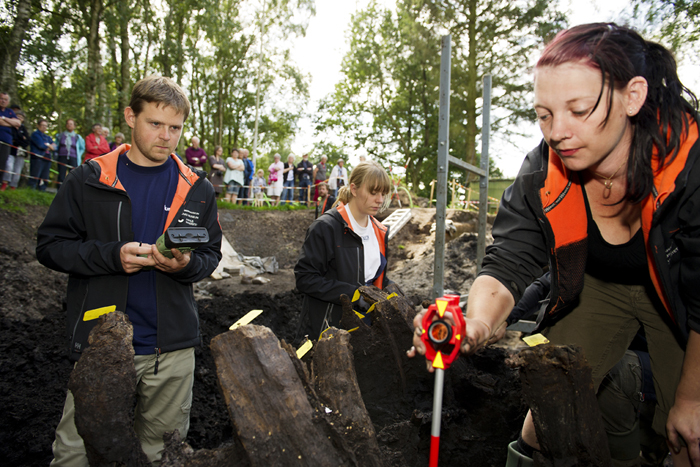
Peter Kensen and Pernille Thulstrup work at the Alken Enge excavation site. For decades, construction projects and peat-digging turned up bones in this bog. In the 1950s and 1960s, archaeologist Harald Andersen did some exploratory digging at the site. In 2011, Skanderborg Museum and the University of Aarhus won a grant from the Carlsberg Foundation to formally excavate the site.
Mass Grave
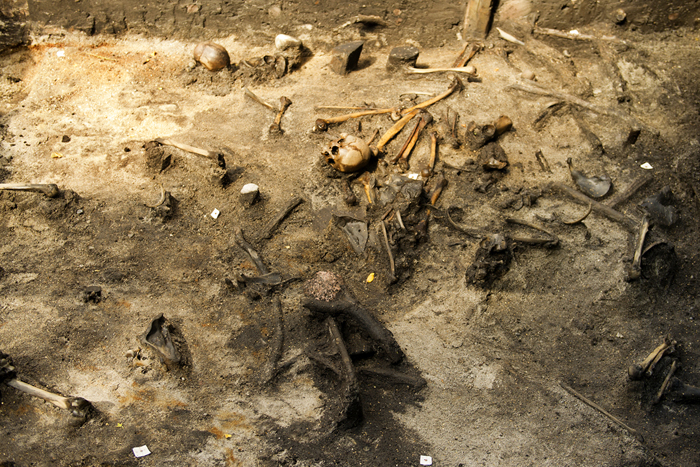
Scattered bones in the mass grave at Alken Enge in East Jutland, Denmark. Few bones are found as articulated skeletons. The victors in the battle appear to have gathered, separated and sorted the bones by type before dumping them in the lake.

Stephanie Pappas is a contributing writer for Live Science, covering topics ranging from geoscience to archaeology to the human brain and behavior. She was previously a senior writer for Live Science but is now a freelancer based in Denver, Colorado, and regularly contributes to Scientific American and The Monitor, the monthly magazine of the American Psychological Association. Stephanie received a bachelor's degree in psychology from the University of South Carolina and a graduate certificate in science communication from the University of California, Santa Cruz.










